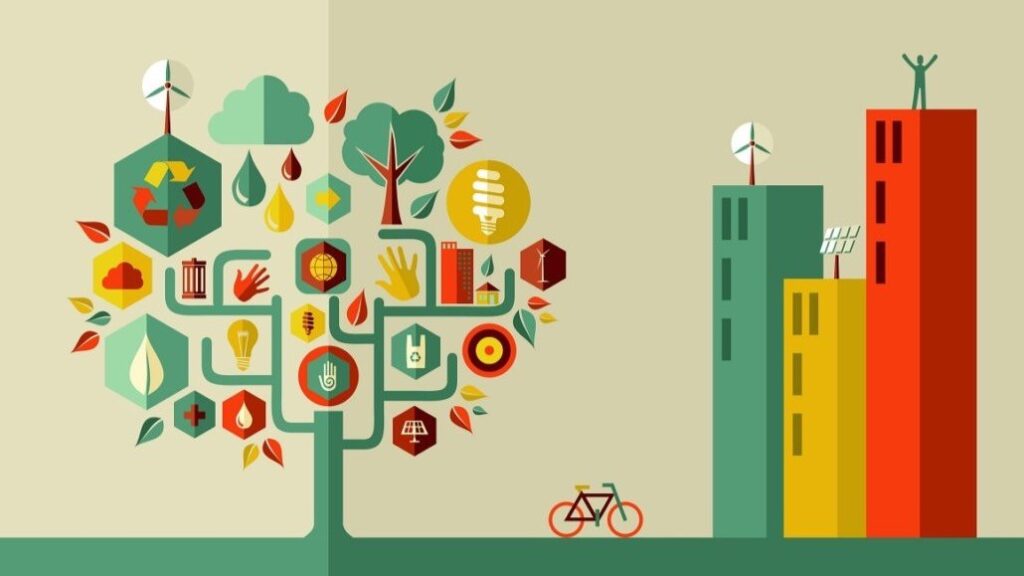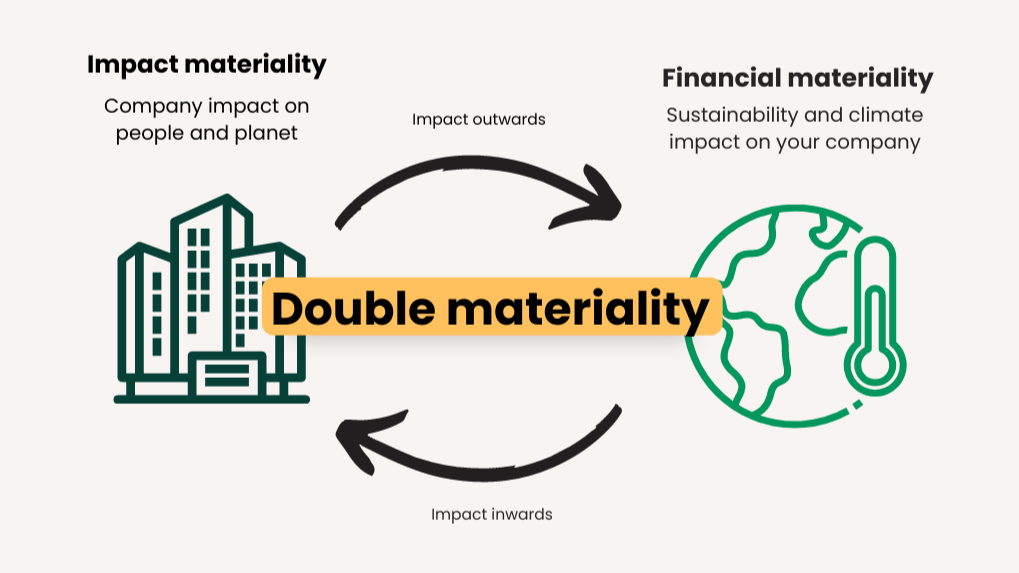In our increasingly digital world, the convenience of video streaming comes with a hidden cost to the environment. High-definition video streaming requires significant data transmission, contributing to rising carbon emissions.
According to a 2019 report by The Shift Project, online video streaming alone accounts for nearly 1% of global CO₂ emissions, which is equivalent to the emissions produced by the entire aviation industry. This figure includes all forms of video streaming, from entertainment platforms like Netflix and YouTube to adult content and social media videos.

Understanding the Carbon Footprint of Streaming
Every action on the internet consumes energy. Streaming a high-definition (HD) video for an hour can emit up to 440 grams of CO₂, comparable to driving a car for 1.6 kilometers (1 mile). This number increases with higher resolutions like 4K and 8K, which require more data and, consequently, more energy.
Steps Towards Mitigation
To mitigate this impact, it’s essential to adopt sustainable digital practices:
- Adjust Streaming Quality: Reducing video quality when high-definition isn’t necessary can substantially decrease data usage. Platforms like YouTube and Netflix allow users to adjust streaming quality settings manually. For instance, watching videos in standard definition (SD) instead of HD can reduce energy consumption by up to 90%.
- Download Content: Downloading content for offline viewing, especially over Wi-Fi, can be more energy-efficient than streaming the same content multiple times.
- Switch Off Cameras During Virtual Meetings: A study by Purdue University, Yale University, and the Massachusetts Institute of Technology found that turning off your camera during a web call can reduce your environmental footprint by 96%.
- Use Energy-Efficient Devices: Opt for devices that consume less power. For example, streaming through a tablet or laptop is generally more energy-efficient than using a gaming console or a desktop computer.
- Limit Autoplay Features: Many platforms have autoplay features that automatically play the next video, which can lead to unnecessary streaming. Turning off this feature can help reduce data usage.
The question we should be asking ourselves is, How can we continue to enjoy the benefits of technology while minimizing our environmental impact?
Let’s start by spreading awareness and implementing small changes in our digital habits. Every action counts in building a sustainable digital future.





Even if we do not talk about 5G (specifically), the security talent in general in the country is very sparse at the moment. We need to get more (security) professionals in the system.